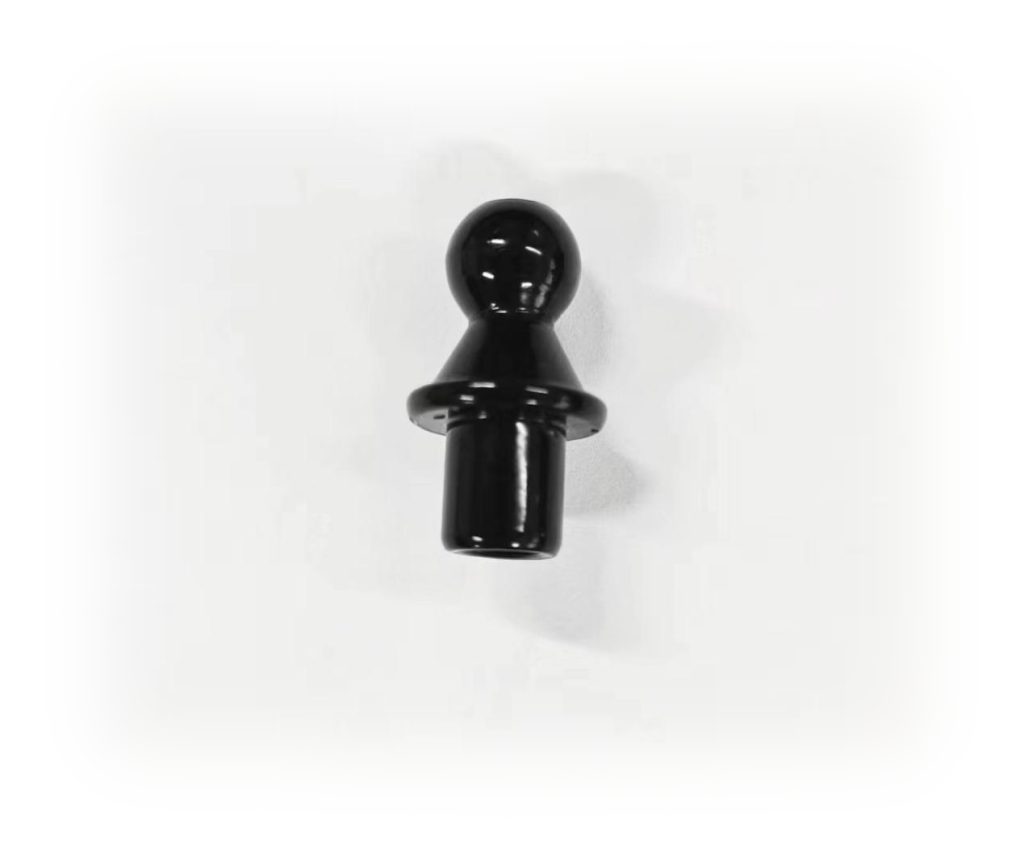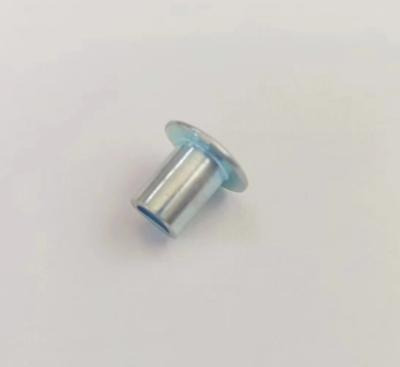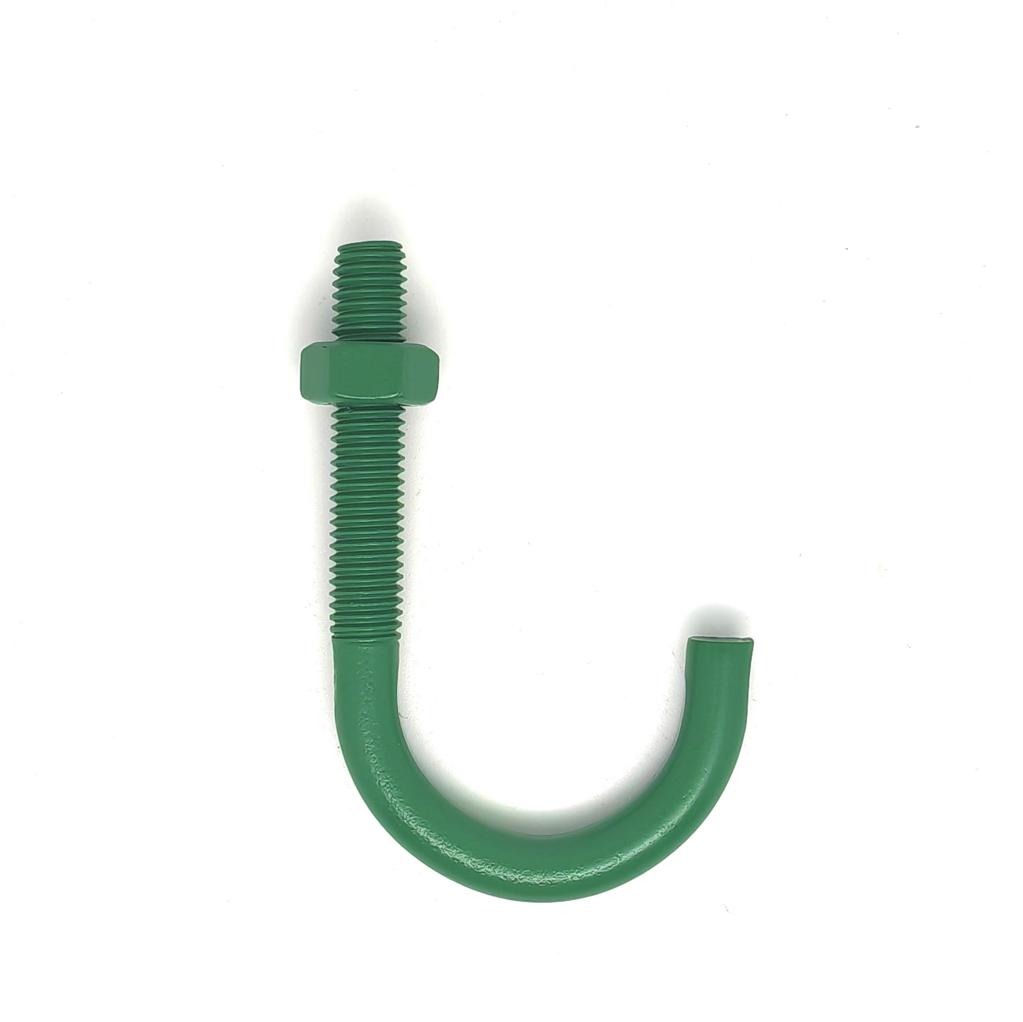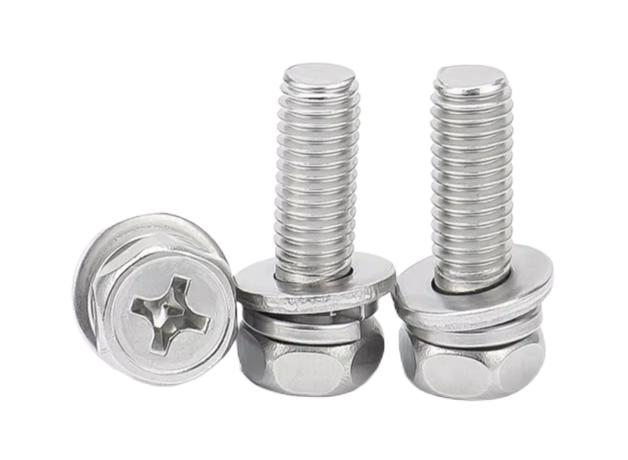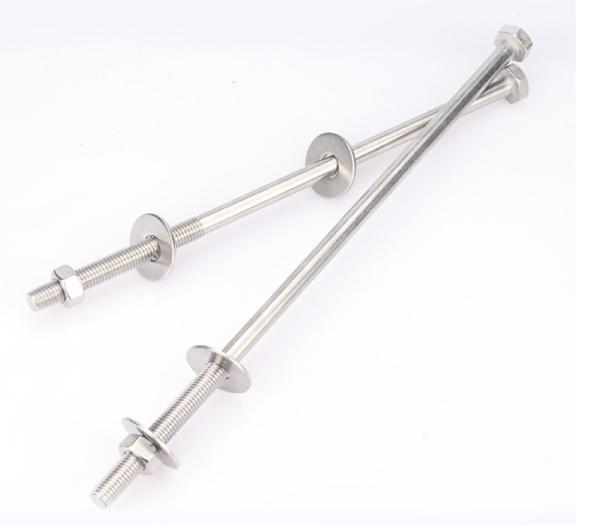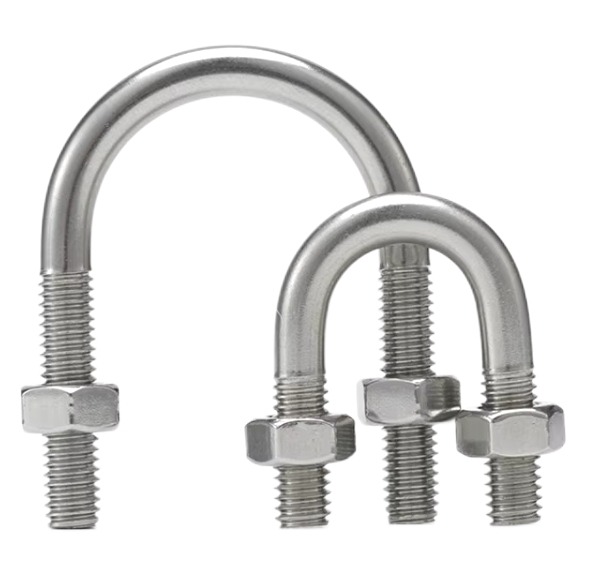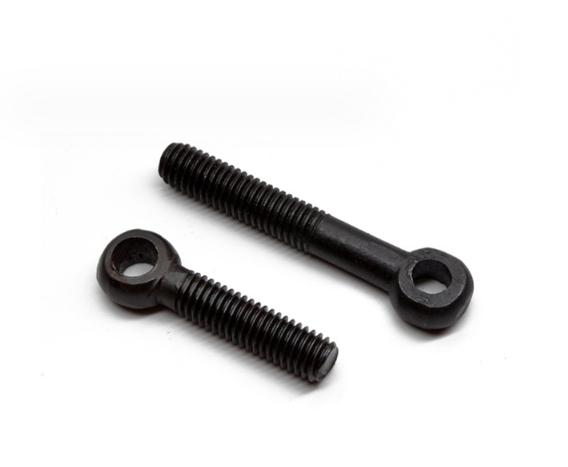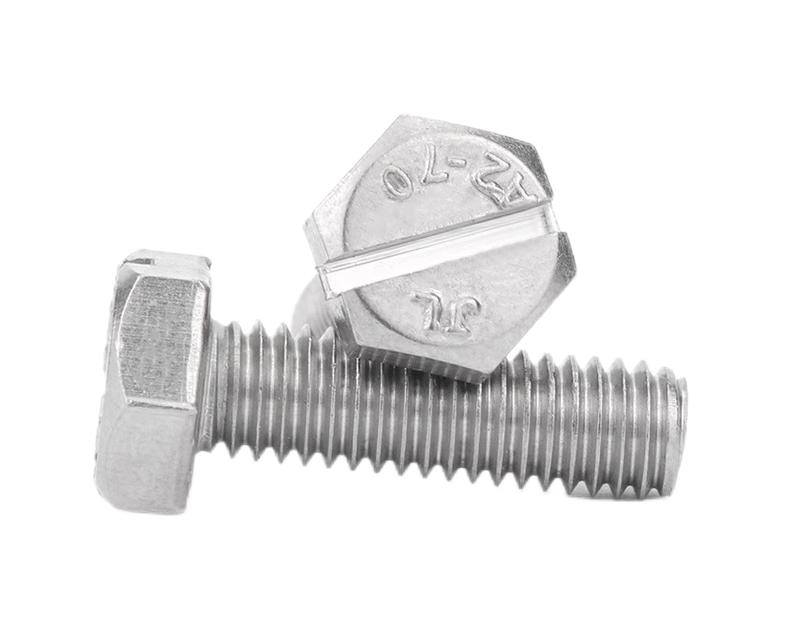Rivets for Plastic: Key Benefits and Wide Applied Industries
In applications where different plastic components need to be securely joined together, rivets for plastic play a crucial role. These rivet fasteners offer a dependable and quick method of assembly. This article delves into the advantages and applications of rivets for plastic in the various manufacturing industries.
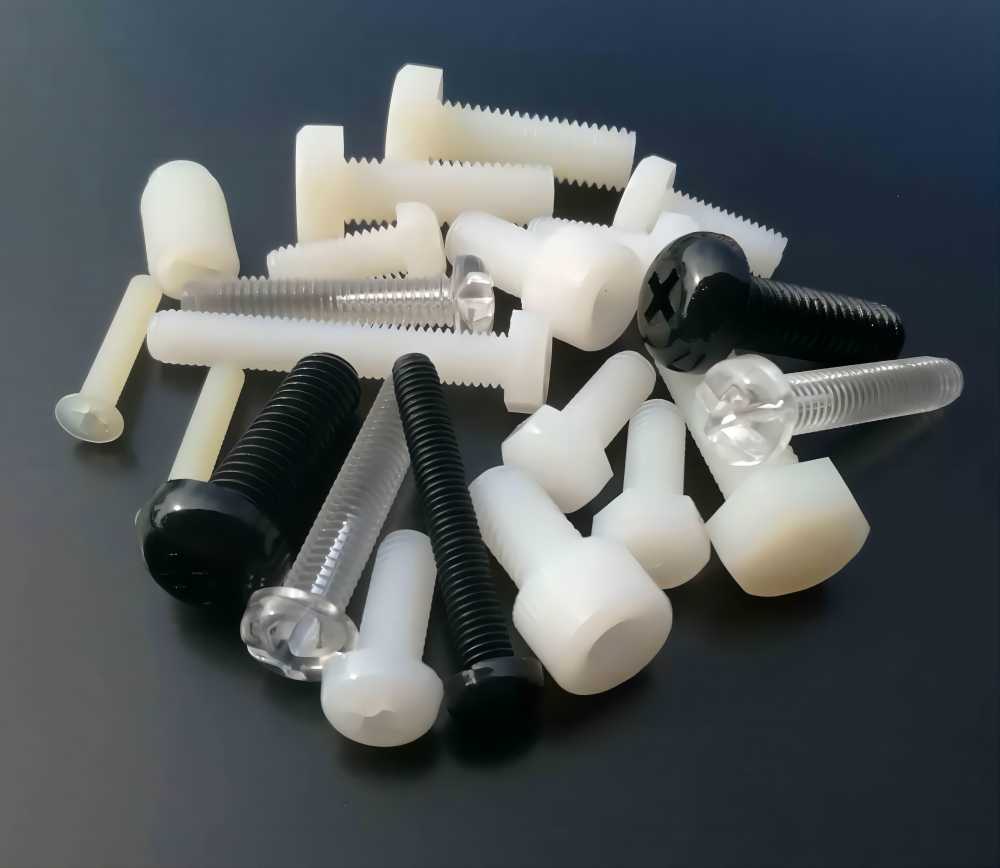
The Basics of Rivets for Plastic
Rivets for plastic are fasteners used to connect two or more plastic parts. They are made up of a cylindrical body, which is usually composed of plastic, and a pre-installed mandrel. The mandrel is a pin-like core component with a head.
| Rivet Type | Material | Application | Advantages | Disadvantages |
| Snap Rivets | Plastic, Metal | Enclosures, Panels, Assemblies | Quick assembly, no tools required | Limited strength, may loosen over time |
| Expansion Rivets | Plastic, Metal | Thin plastics, Automotive, Electronics | Secure grip, high retention strength | Requires pre-drilling, not reusable |
| Push-In Rivets | Plastic, Metal | Automotive, Appliances, Furniture | Fast installation, good load-bearing | Limited grip range, limited material types |
| Self-Piercing Rivets | Plastic, Metal | Automotive, Furniture, Packaging | High joint strength, no pre-drilling | Limited to certain materials, complex setup |
| Heat Staking Rivets | Plastic | Electronics, Consumer Goods | Permanent bond, no additional fasteners | Limited disassembly, high initial setup |
Key Benefits of Rivets for Plastic
1. Secure Fastening
Plastic rivets provide a strong and dependable connection between plastic components. Once placed, they form a strong, solid bond that resists disassembly, maintaining the assembly’s integrity.
2. Vibration Resistance
Plastic rivets are very useful in vibration-prone applications. They do not come free easily over time, making them excellent for use in the automotive, aerospace, and other industries where machinery or vehicles are subjected to regular vibrations.
3. Corrosion Resistance
Plastic rivets, unlike metal fasteners, are not prone to rust or corrosion. As a result, they can be used in situations with high humidity, chemical exposure, or corrosive substances.
4. Non-Conductive
Plastic rivets are non-conductive, which is advantageous in areas where electrical conductivity is an issue. They don’t conduct electricity, thus they don’t cause short circuits or electrical interference.
5. Ease of Installation
Plastic rivets are easy to install, and the operation is frequently mechanized in factory settings. Because of the ease of installation, efficiency and labor costs are increased.
6. Lightweight
Plastic rivets are lightweight components that add no substantial weight to the construction. This is useful in applications where weight reduction is a goal, such as the automobile and aircraft sectors.
7. Cost-Effective
Plastic rivets are often less expensive than other fastening methods. They provide a good mix of performance and affordability, making them an affordable solution for many applications.
8. Reduced Risk of Damage
Plastic rivets are less likely to damage the plastic components they secure when put correctly. They properly distribute clamping stress, lowering the risk of cracking or deforming the plastic pieces.
9. Versatility
Plastic rivets are versatile and can be used with a wide range of plastic materials, including polyethylene, polypropylene, PVC, and more. They can also be used to join plastic to other materials, such as metal or composite materials.
10. Aesthetics
Plastic rivets can provide a cleaner and more aesthetically pleasing look in applications where the fasteners are visible. They often blend well with the plastic components they secure, contributing to a tidy appearance.
11. Reduced Assembly Time
The simplicity and speed of installing plastic rivets make them a time-saving choice for assembly processes. This efficiency is especially important in industries with high production demands.
12. Reusability
In some cases, plastic rivets are designed to be reusable. This can be advantageous when disassembly and reassembly of components are necessary, as it reduces the need for new fasteners.
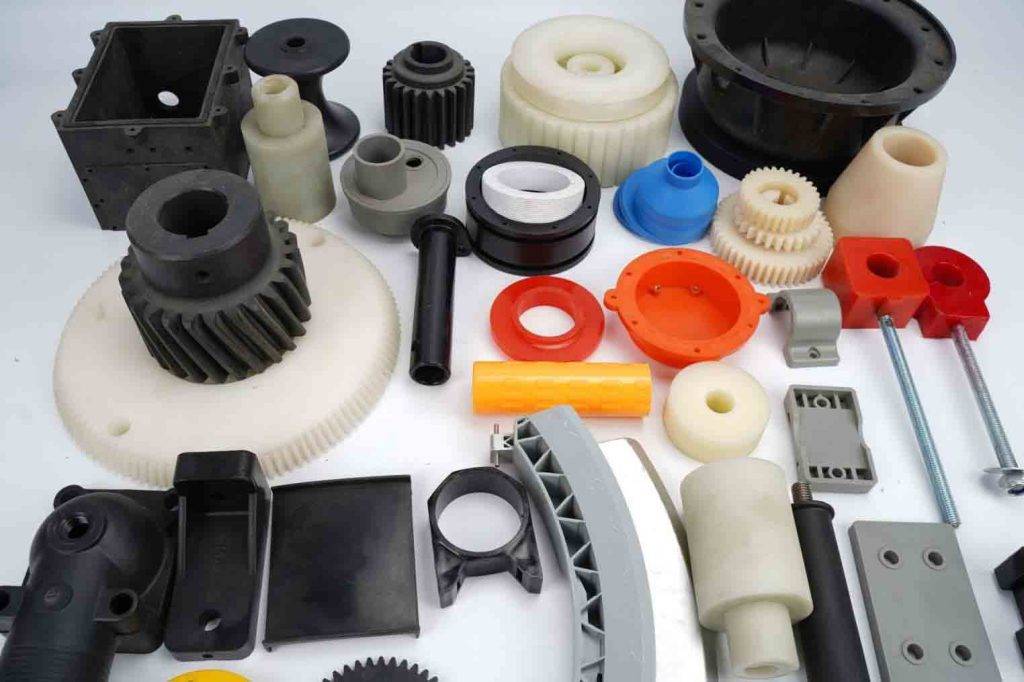
Wide Applied Industries of Rivets for Plastic
1. Automotive Industry
Interior Components: Interior components such as trim panels, door panels, and dashboard components are frequently secured with plastic rivets.
Underhood Applications: They’re used in under-the-hood tasks like securing wire harnesses and engine components.
2. Aerospace Industry
Cabin Interiors: Plastic rivets are used to fix various components such as overhead bins, sidewalls, and seating constructions in airplane cabin interiors.
Exterior Panels: Plastic rivets are sometimes used to secure non-structural external panels, especially on smaller aircraft.
3. Electronics and Electrical Appliances
Casing and Enclosures: Plastic rivets aid in the securement of electronic device casings and enclosures, resulting in a neat and strong assembly.
Cable Management: They are used in appliances to secure cable bundles and wire harnesses, minimizing clutter and improving safety.
4. Construction and Building Materials
Signage Installation: Plastic rivets are used in the construction sector to firmly fasten signs, panels, and fittings.
Interior Cladding: They are used in the installation of interior cladding, wall panels, and fixtures.
5. General Manufacturing
Assembly Line Production: Plastic rivets are a preferred choice for applications in assembly line production, where efficiency and precision are essential.
Packaging: They are used in packaging materials and machinery assembly, ensuring the reliable construction of packaging equipment.
6. Marine Industry
Boat Interior: Plastic rivets are used to secure interior components in boats and other watercraft because they are corrosion resistant in damp settings.
Conclusion
Rivets for plastic provide a reliable and efficient technique of joining plastic components. Their capacity to form tight connections, resist vibration, and resist corrosion makes them indispensable in a wide range of industries, from automotive and aerospace to electronics and construction. Plastic rivets will continue to be an important component in guaranteeing the sturdy and effective assembly of plastic components as manufacturing processes develop.

